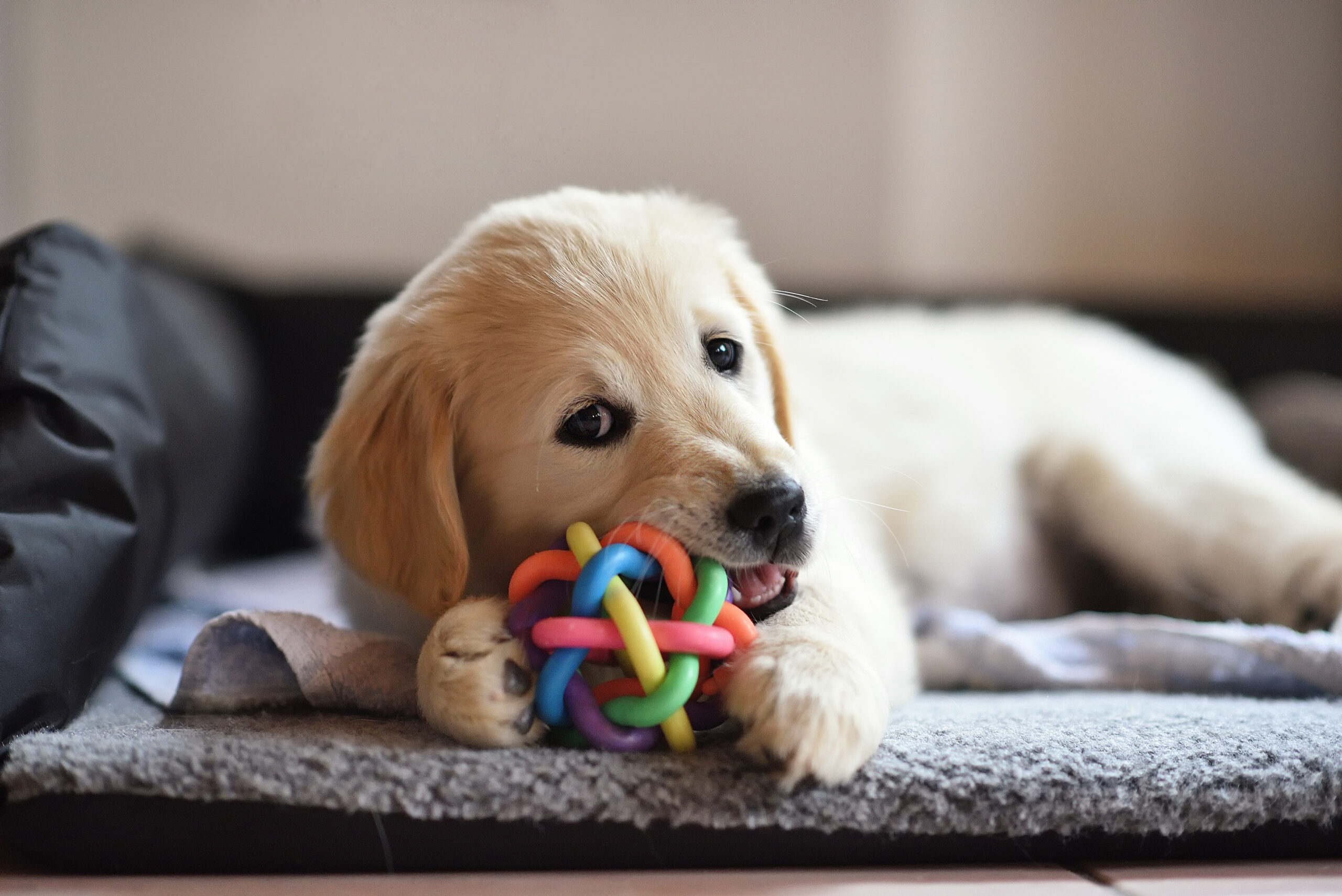Hey Ollie blog readers! We’re offering you an exclusive 60% OFF your starter box! Try now!
Hey, you. The one with the pocket full of dog treats, half-empty spray bottle of water, and weary eyes of a new pet parent. Yes, you. This is harder than you thought, isn’t it, this whole training thing?
Yeah, we’ve all been there. That’s what keeps us from making fun of the way you knew EXACTLY how to train a dog before you had one. We did the same thing. Welcome to the club. (Heads up: it’s pretty much the same with raising children.)
The good news is, it gets better and the hard work eventually does pay off. The bad news is, you’re making some simple mistakes that are hindering your progress. But back to good news: you’re about to find out what you’re doing wrong so you can fix it.
Mistake: You’re not considering body language.
It’s not a news flash, but a little bit it is: your dog doesn’t speak English. While you’re working on simple commands like sit and stay, keep in mind that your dog isn’t just hearing the sound of that word, but is also watching how you stand or lean or move your hand, pairing your body language with the sound. To master the command, he’ll rely on you to be consistent in word and movement in order to understand. You can’t rely on the word alone to translate the command because once you’ve paired that sound with a different bodily movement, you’ve confused the dog. Watch yourself as much as you’re watching the dog when giving commands to make sure you’re being clear.
Mistake: You’ve got him dependent on treats.
Treats work wonders to reinforce behaviors, but if you don’t subtract them from the process, the dog will only work for treats. This is especially problematic if you don’t want to carry around treats for the rest of your life, or if you ever want to wear something without pockets. The treat should be removed as early as possible in the process. For example, you’re probably using a treat to teach the dog to sit. Holding it in front of his head, getting his eyes locked on it, then raising it above his head to guide his eyes and make his rear sit. It works like magic! But after a few successes, remove the treat and use only your hand to perform the command. (Don’t worry, it’s not dishonest. Your dog is fully aware that you don’t have a treat.) Once your dog performs the command with your empty hand, give him a treat as a reward along with your praise. And once this modification is mastered, the praise alone is the reward–no treats required and you can wear that pocket-less jumpsuit you love.
Mistake: You’re giving mixed signals.
Take things one step at a time, cowboy. Give only one simple, clear command at a time and wait to have it performed before giving it again (or pairing it with something else). If you say the command multiple times, you’re training the dog to wait for you to say it multiple times before performing.
Mistake: You’re rewarding behaviors you don’t like.
If you scold your dog when he jumps onto the couch, but welcome him when you’re tired and in need of a snuggle during the final scenes of Pride and Prejudice (the BBC version, obviously), you’ve rewarded a behavior you don’t like and confused the hell out of your dog. The boundaries you set and no-no’s you identify must always be so without exception.
Mistake: You’re not paying attention to your dog’s distractions.
Training should start in a calm environment with as few distractions as possible. And by distractions, think with all of your senses. Your dog’s sense of hearing and smell is basically a loud speaker of VERY! IMPORTANT! INFORMATION! in his brain. Working on cues and commands in a quiet room of the house he’s already sniffed a zillion times: good idea. Working on cues and commands in the park with a carnival, soccer game, and music festival happening: bad idea. You get the idea.
Now, don’t hang your head and whimper if you’ve discovered some of your pitfalls. When you know better, you do better. And you will. Go slow and be consistent starting now and you’ll both be trained in no time.
The Ollie blog is devoted to helping pet parents lead healthier lives with their pups. If you want to learn more about our fresh, human-grade food, check out MyOllie.com.
Tagged As:

The nutrition your dog needs,
the food they want.

Enjoying our articles? Subscribe our Newsletters and get new articles directly to your inbox
You might also like
13 May 2025
8 MINS READ
Puppy Training Guide & Behavior Timeline
Bringing home a puppy is pure magic. It’s also pure chaos—tiny teeth, zoomies, accidents in the house, and moments that make you wonder if you’re raising a future genius or a tiny tornado. …
by Ollie Pets
10 May 2025
12 MINS READ
New Puppy Checklist: Guide To Prepare For A New Dog
Bringing home a new puppy? This checklist covers everything new dog owners need—from essential supplies to training, feeding, and first vet visits.
by Ollie Pets
3 April 2025
9 MINS READ
Home Remedies for Fleas on Dogs: 10 Natural Ways That Actually Work
Wondering what kills fleas on dogs instantly and naturally? If your pup is scratching like crazy, it may be time to take action. In this guide, we’ll show you the most effective home remedies for…







